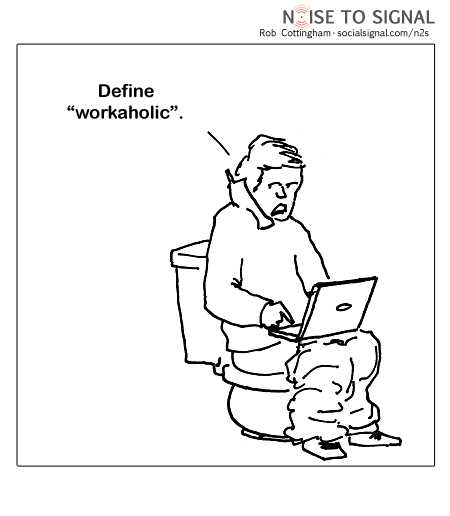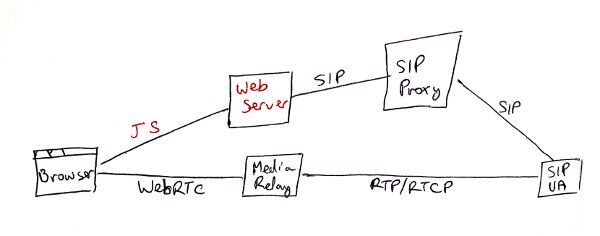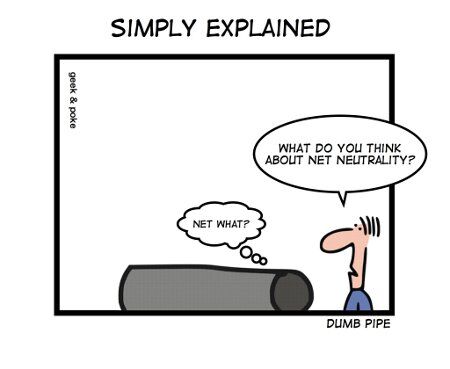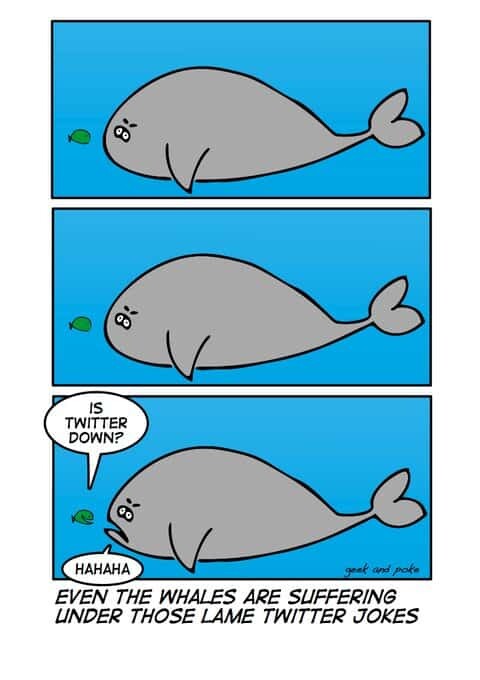
A short introduction to the concept of VoIP signaling and its correlation to media and components such as WebRTC: a beginners guide to the world of Voice over IP.

Once upon a time we had the Blackberry and our kids felt like orphans. Now we have the iPhone and our kids are now Fanapple junkies.

SIP has finally come to the browser! You can now run VoIP using SIP inside your browser by using HTML5 JavaScript tools. And we have WebRTC to thank for that to some extent.

Users don’t care about security although they should. Someone should do it for them and that is the role of developers and product managers – now more than ever.

while I am an advocate of WebRTC, it still have a way to go until it matures enough. Until then, most of the things you will see with it are demos and hype. Where is it still lacking and what needs to be done to improve it?

Net neutrality is like a lot of things. Mainly because its exact definition is somewhat elusive. Here are a few comparisons of net neutrality to other “things” that I found on the net.

There are a lot of ways in which services can be launched these days: from stitching a bunch of existing web services to building everything on a dedicated data center. How do these compare to each other?

There is no fragmentation problem in Android. There is an iteration issue that needs to be improved. Once improved, this is going to threaten Apple in a real way.

WebRTC will affect the mobile web as well. It will disrupt wireless telephony as well as the way we think about native and web apps.

